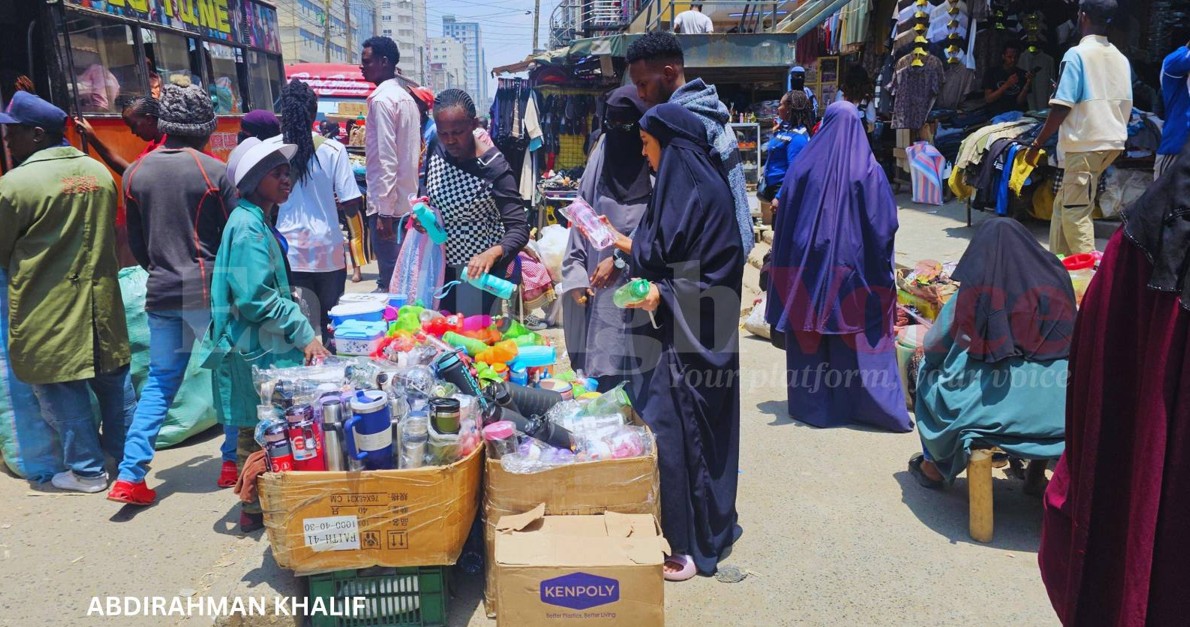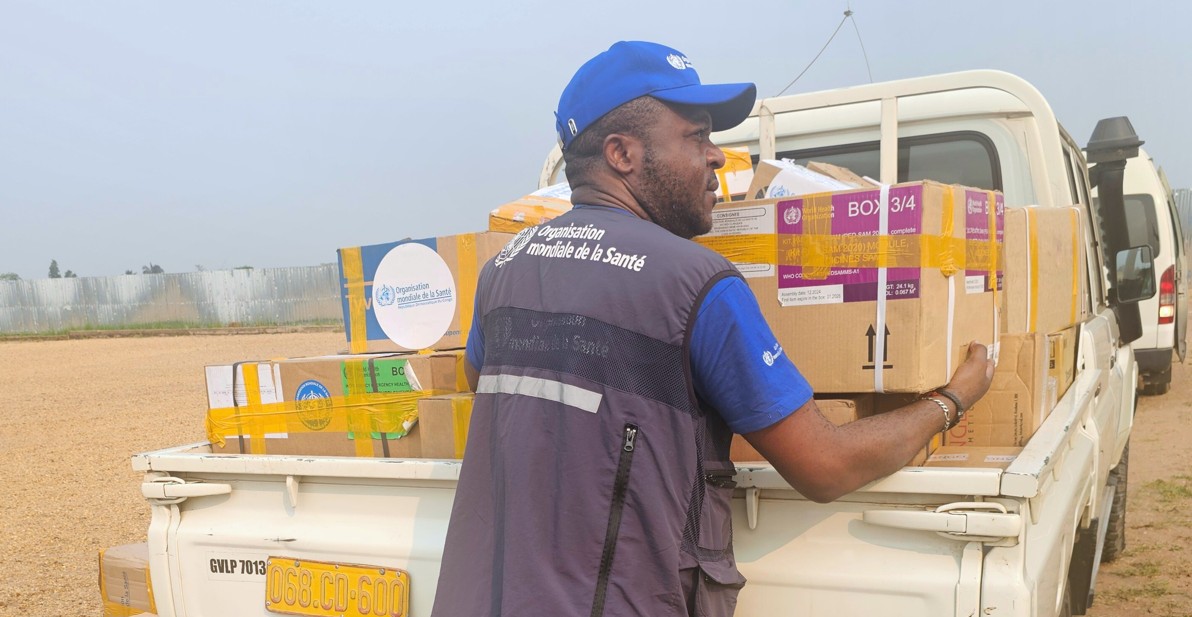Desert locust swarms detected in parts of Ethiopia

A total of 25,000 hectares of crops have been affected by desert locust swarms so far, causing a drop in crop yields and damaging farmers' livelihoods in affected areas.
Desert locust swarms have been detected in five regions and one city administration across Ethiopia, an official said on Saturday.
Speaking at a press conference to state media outlets, State Minister for Ethiopia Government Communication Service Selamawit Kassa said desert locust swarms have been detected in Afar, Amhara, Somali, Tigray and Oromia regions, as well as the Dire Dawa city administration.
More To Read
- Ethiopia’s emergency medical response system is up and running – what other countries can learn from it
- Ethiopia bids to host 2027 UN climate summit, rivalling Nigeria
- Egypt, Sudan discuss Ethiopia's Nile dam, affirm shared water security
- Ethiopia, Dangote Group ink Sh323 billion deal to build fertiliser complex in Somali region
- Ethiopia begins registration of 7.4 million learners amid education crisis
- Nearly 50,000 people at risk, over 9,000 livestock perish as drought worsens in Tigray
The official said that a total of 25,000 hectares of crops have been affected by desert locust swarms so far, causing a drop in crop yields and damaging farmers' livelihoods in affected areas.
A coordinated anti-pest control drive is being done with the widespread participation of farmers to combat the desert locust swarms using both traditional and modern means, including the use of aerial and vehicular spraying, Kassa said.
Termite swarms have also been detected in 317,000 hectares of land spread across 15 zones of Oromia, Afar and Tigray regions, the official said, adding that traditional and modern anti-pest measures are being conducted to deal with termite infestations.
Other Topics To Read
Top Stories Today












































